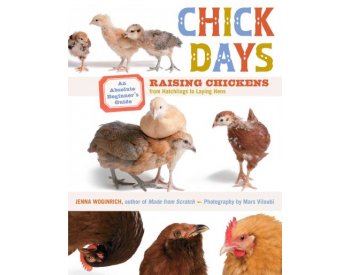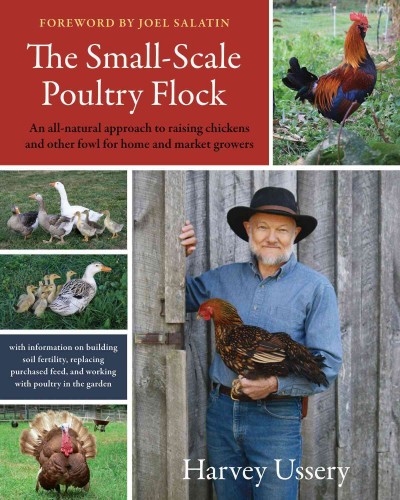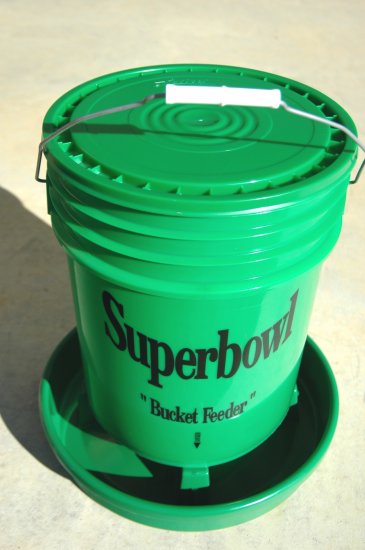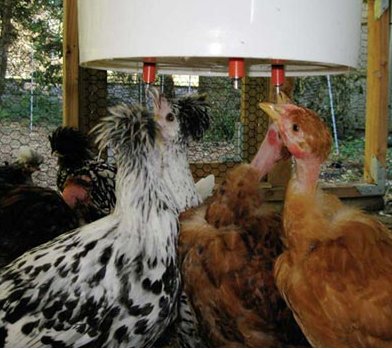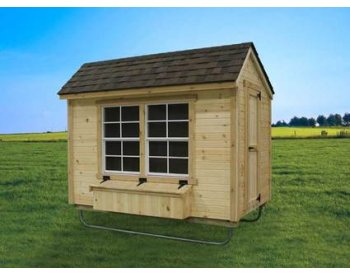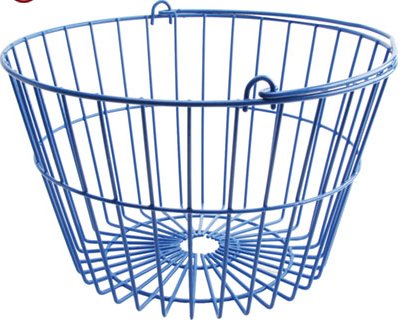It’s spring and time to get busy on the flock of chickens. Is it time to start your first flock of layers? Or maybe some of your older hens need to be retired and replaced. Homesteader’s Supply has the equipment you need to get going or add to your equipment.
A little time spent reading before bringing your chicks or chickens home can save you some heartache and back break. We have books you’ll find to be helpful whether you’re just beginning or have been raising poultry for years. You’ll find all of them listed here.
The Superbowl bucket feeder holds up to 50 pounds of food, decreasing trips to the coop with more food. It’s easy to fill and can be hung up or placed on a base to discourage hens from scratching their food onto the floor.
Poultry can make a mess of their water quickly by stepping in it and throwing dirt in when they dust bathe and scratch. Suspend a bucket fitted with Poultry Nipples. There’s no pan needed because it doesn’t drip. It’s also excellent for ducklings that are prone to getting soaking wet (the way ducks do…) and cold.
The EZ-fit Chicken coop will provide a safe, secure place for your poultry. It’s available in three sizes. Shipping is free to the lower 48 states!
- 3 ft. x 4 ft. Ideal for 6 to 8 Chickens
- 4 ft. x 6 ft. Ideal for 12 to 14 Chickens
- 5 ft. x 8 ft. Ideal for 18 to 22 Chickens
The optional skids make moving your hen house to fresh grass easier. The skids don’t get stuck in ruts as easily as a tire will. They’re also a good way to keep the coop off off the ground. Hens bring mud into the coop on their feet. A ramp helps remove some of the mud, helping to keep not just the coop but the eggs cleaner.
The nest boxes are located on the outside of the coop for easy pick up and nest box cleaning. Other features include:
- Chicken Door & Ramp
- Inside Roost
- Predator-resistant Wire Mesh
- Man Door
- Window(s)
- Standard window color is white
- 25-Year 3-Tab Shingles
Our egg basket is coated with plastic to help keep it clean, and make the clean up it will eventually need easier.
Dimensions: 14″ top diameter x 9″H x 10″ bottom diameter.
You can see our entire line of poultry supplies on our website.

